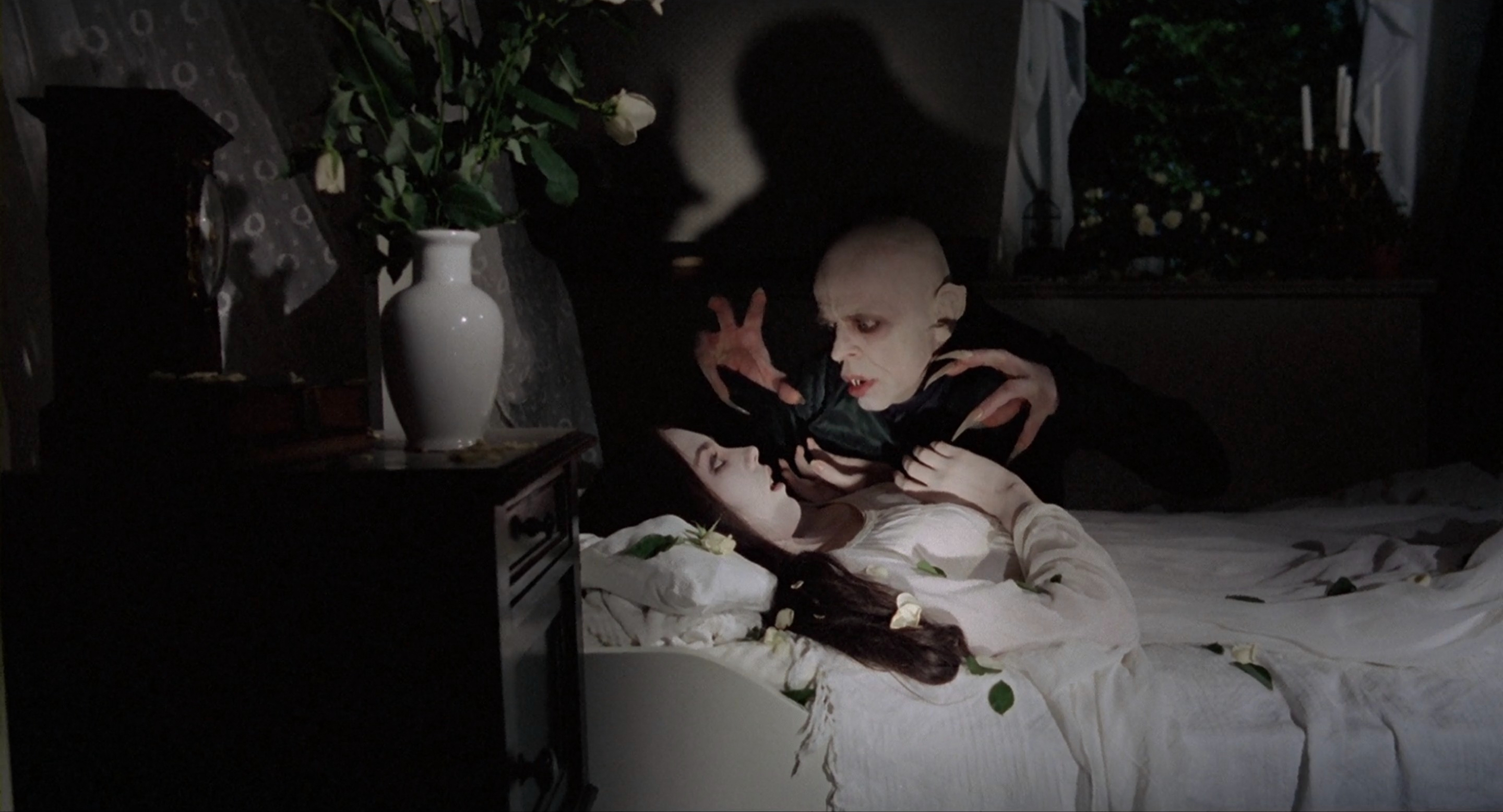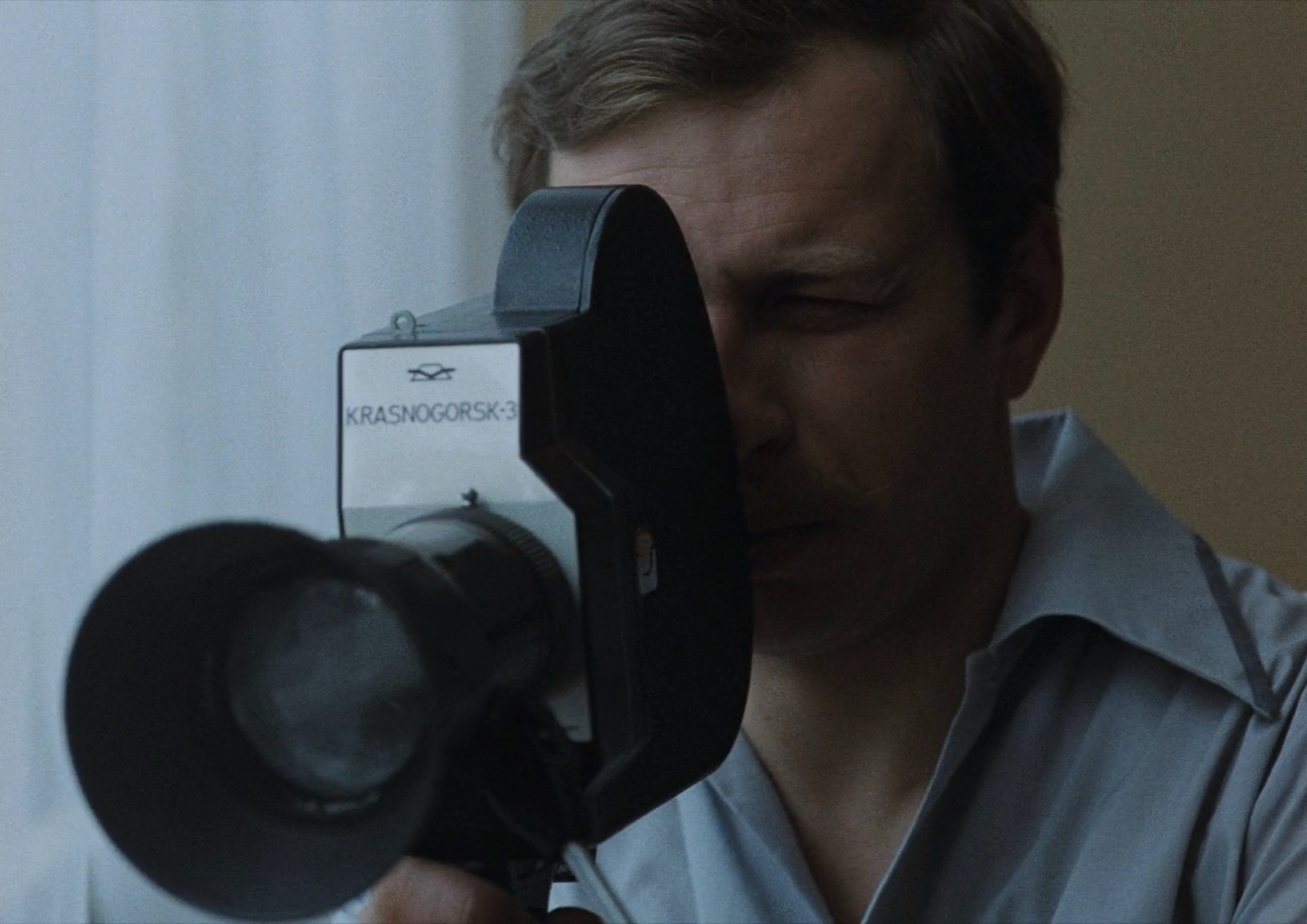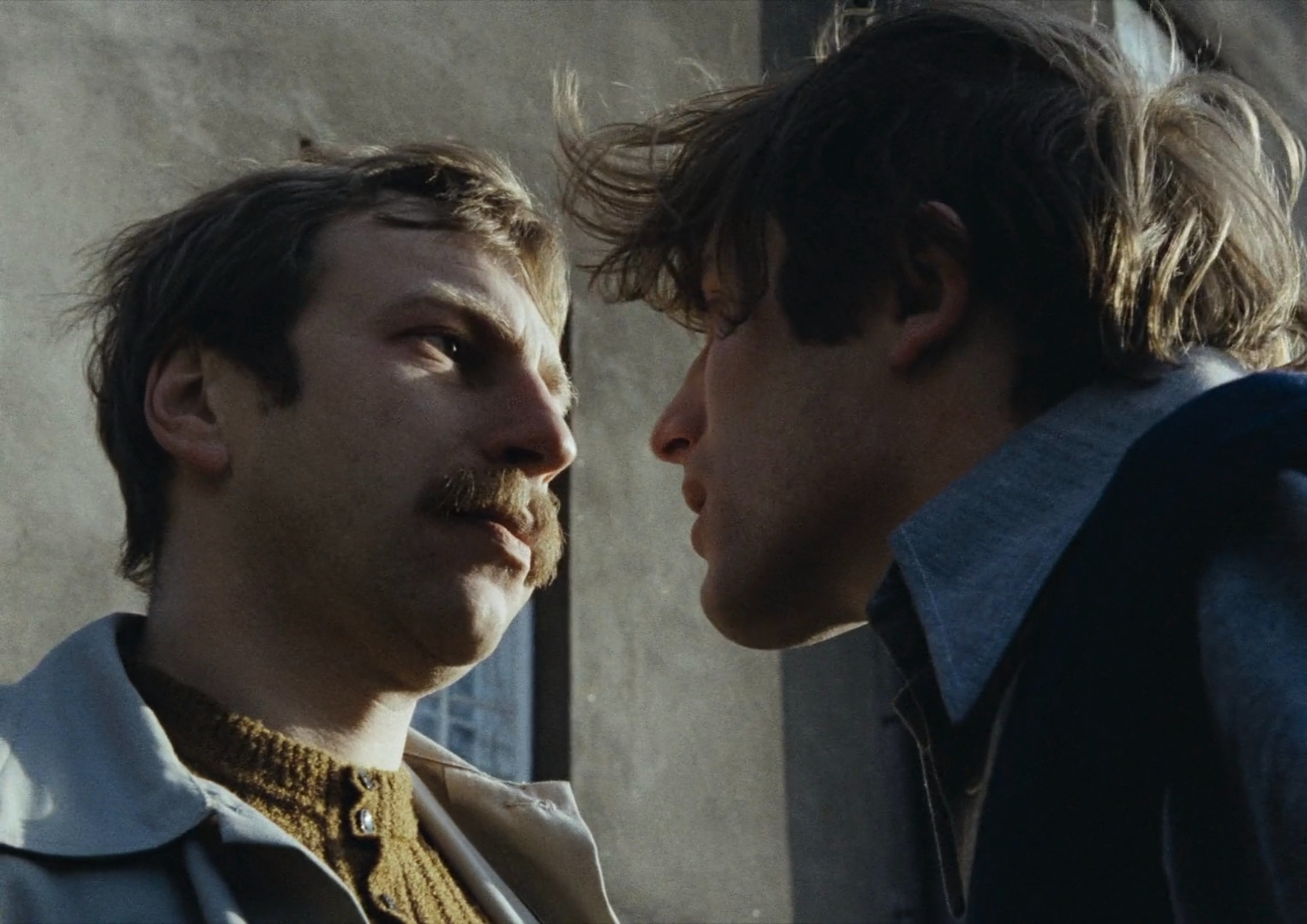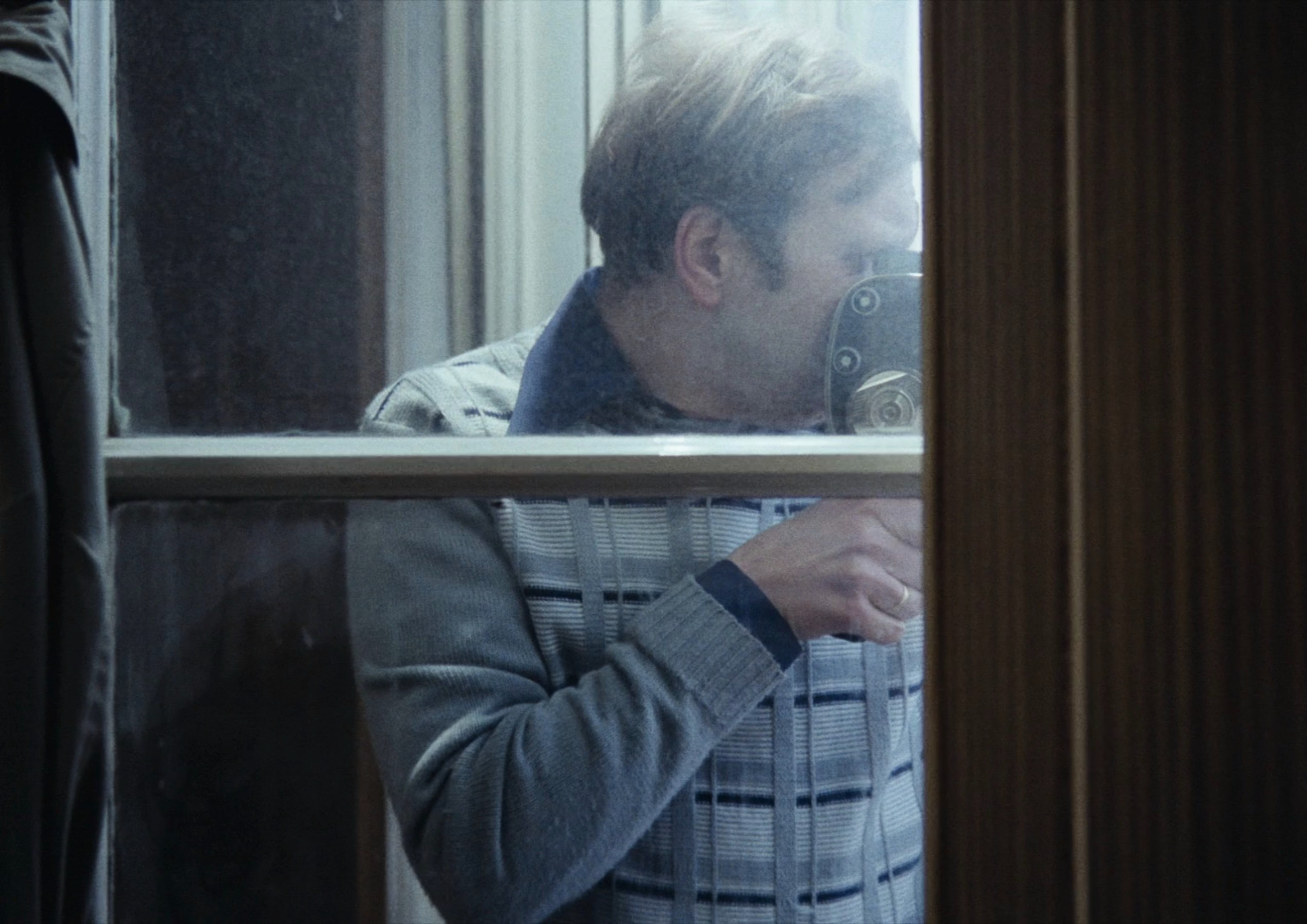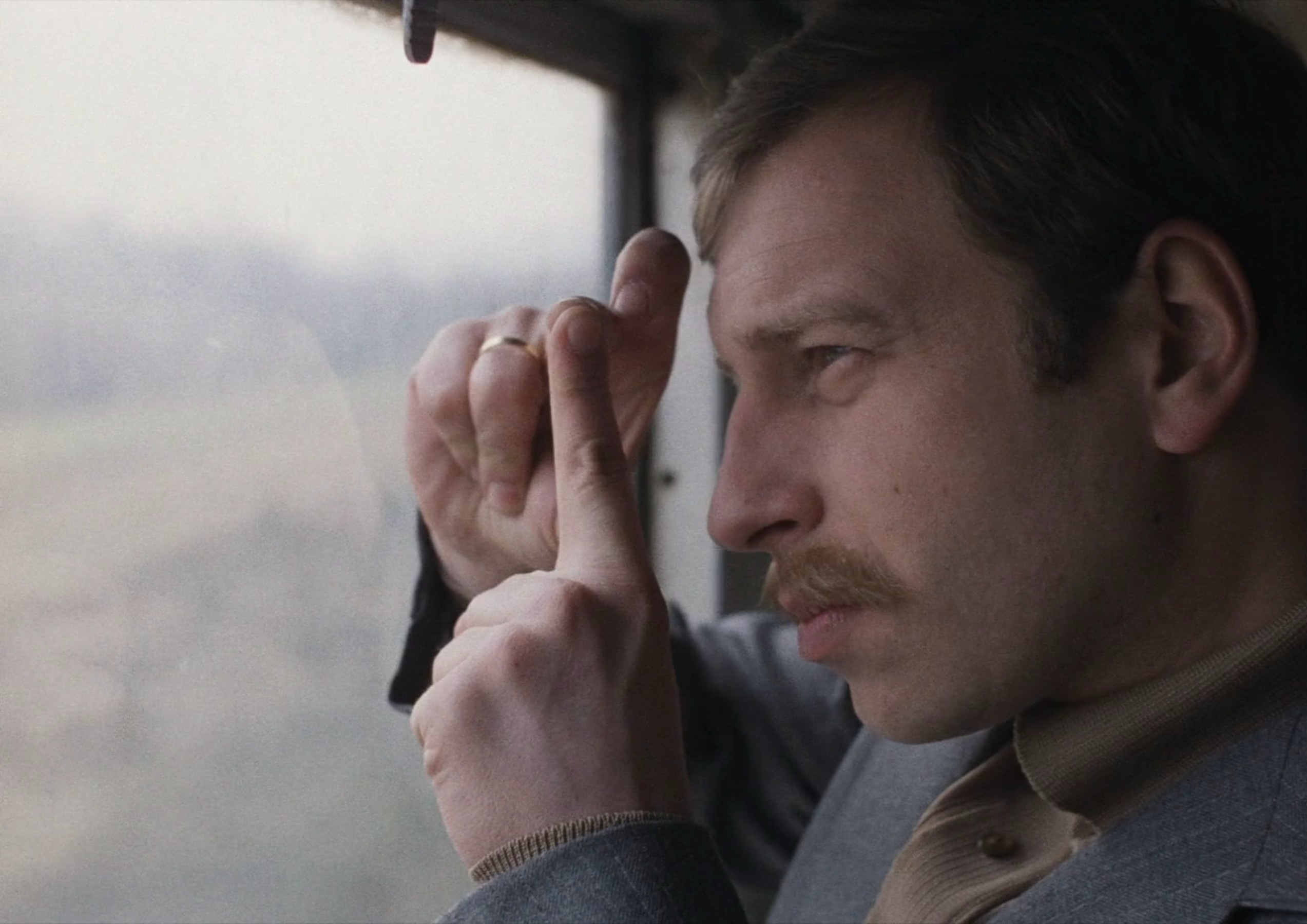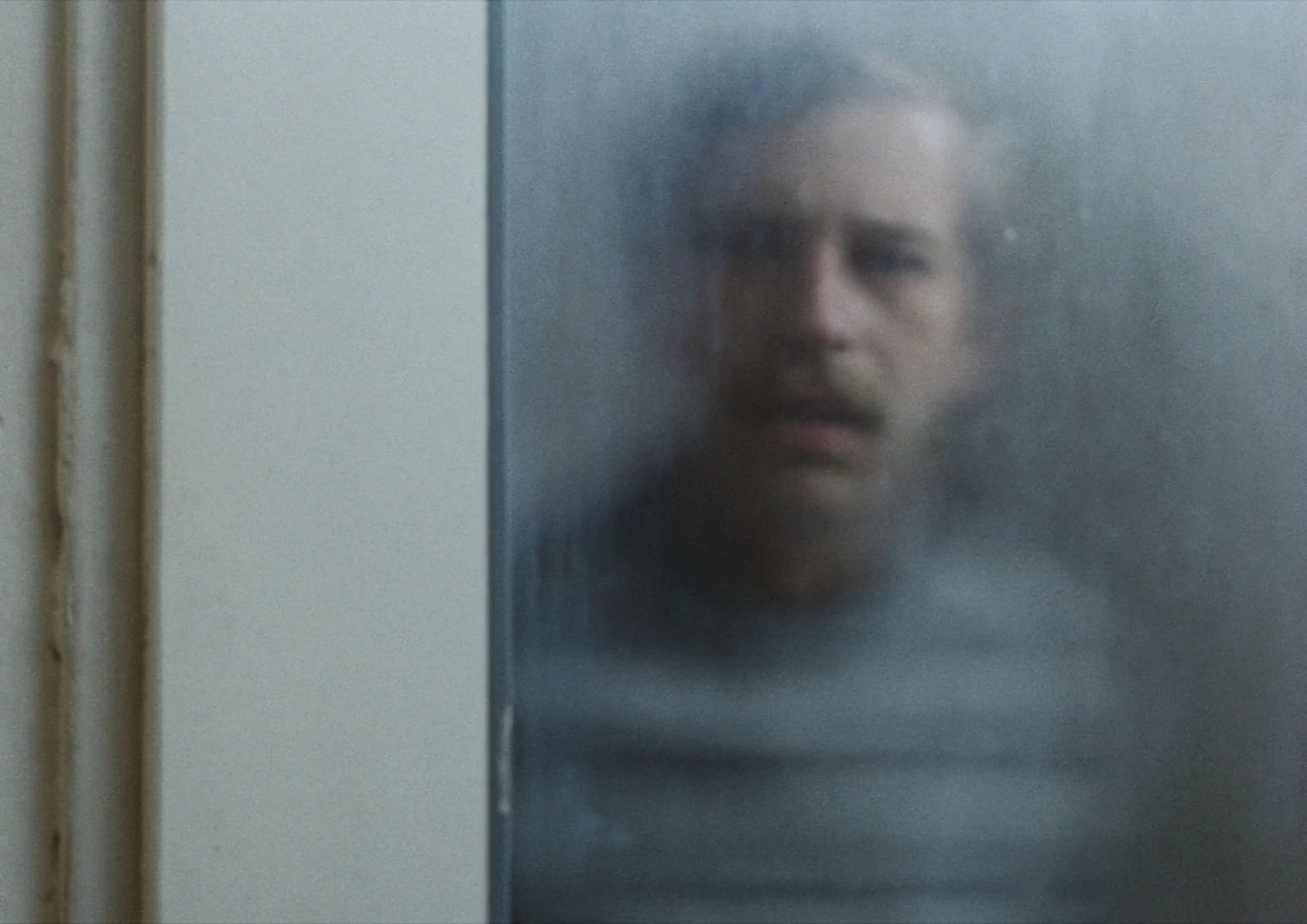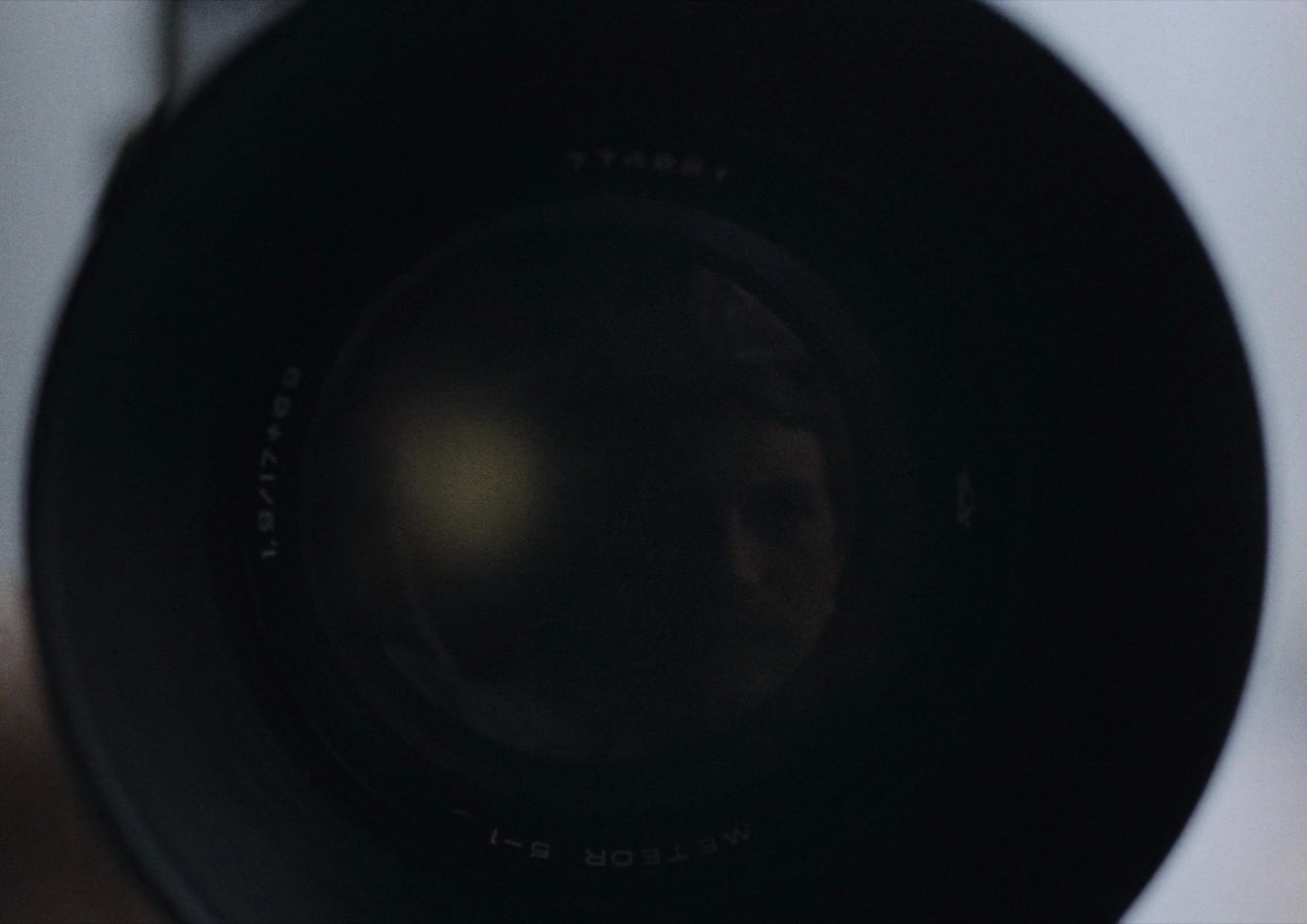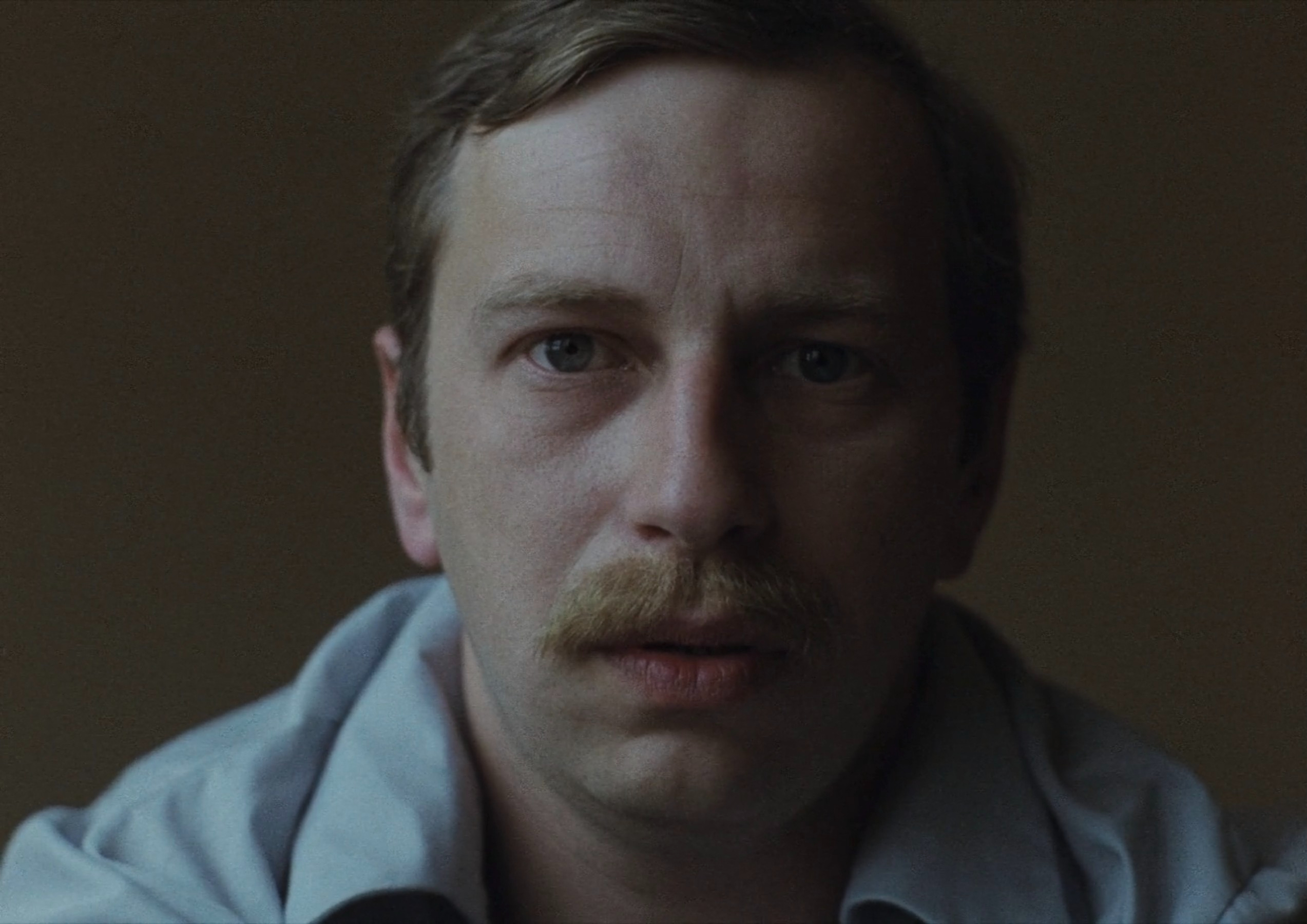Werner Herzog | 1hr 47min

The blood-sucking monster of Nosferatu the Vampyre is a far more tragic creature than F.W. Murnau’s silent, rat-like creation, though the terror it inspires is no less sickening. The original 1922 film is a very loose adaptation of the 1897 novel Dracula, and so it is no surprise that this remake distances itself even more from Bram Stoker’s writing. Werner Herzog takes complete ownership of this Gothic fable and all its supernatural metaphors, interrogating the Count’s curse as an extension of nature’s merciless, godless rule. Perhaps that is why this lonely vision of Dracula so desperately craves connection. “The absence of love is the most abject pain,” he laments to the beautiful Lucy Harker, giving voice to an immortal earth which only ever sees true beauty flit by with passing glances, and yet is never able to engage with it.
“Time is an abyss, profound as a thousand nights. Centuries come and go… to be unable to grow old is terrible. That is not the worst. There are things more horrible than that. Can you imagine enduring centuries experiencing the same futility each day?”
Life may wither away like the shrivelled corpses that the film opens on, but nature cannot die, endlessly feeding on those it kills and persisting into oblivion. The journey that estate agent Jonathan Harker sets out on to reach Dracula’s castle in Transylvania sets this connection up early, traversing craggy mountains, rushing rivers, and black crevices that no right-thinking person would venture near. Herzog though is in his element, pitching his camera at daunting low angles to revel in a harsh, foggy world untouched by man or God. In the distance, the ruins of a crumbling fortress stand silhouetted against a dark sky, inviting Jonathan into a sinister void that will inevitably corrupt his soul.
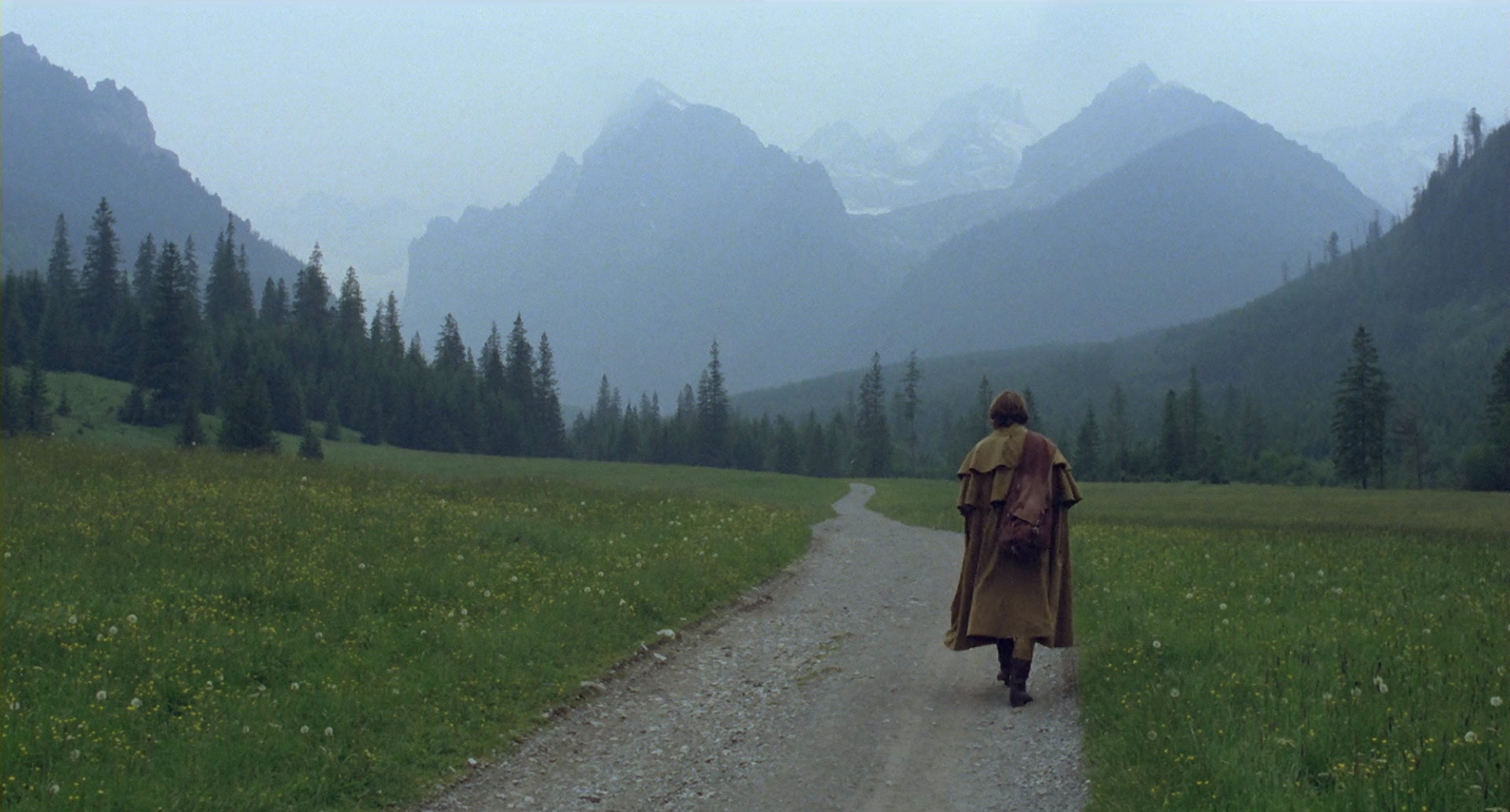
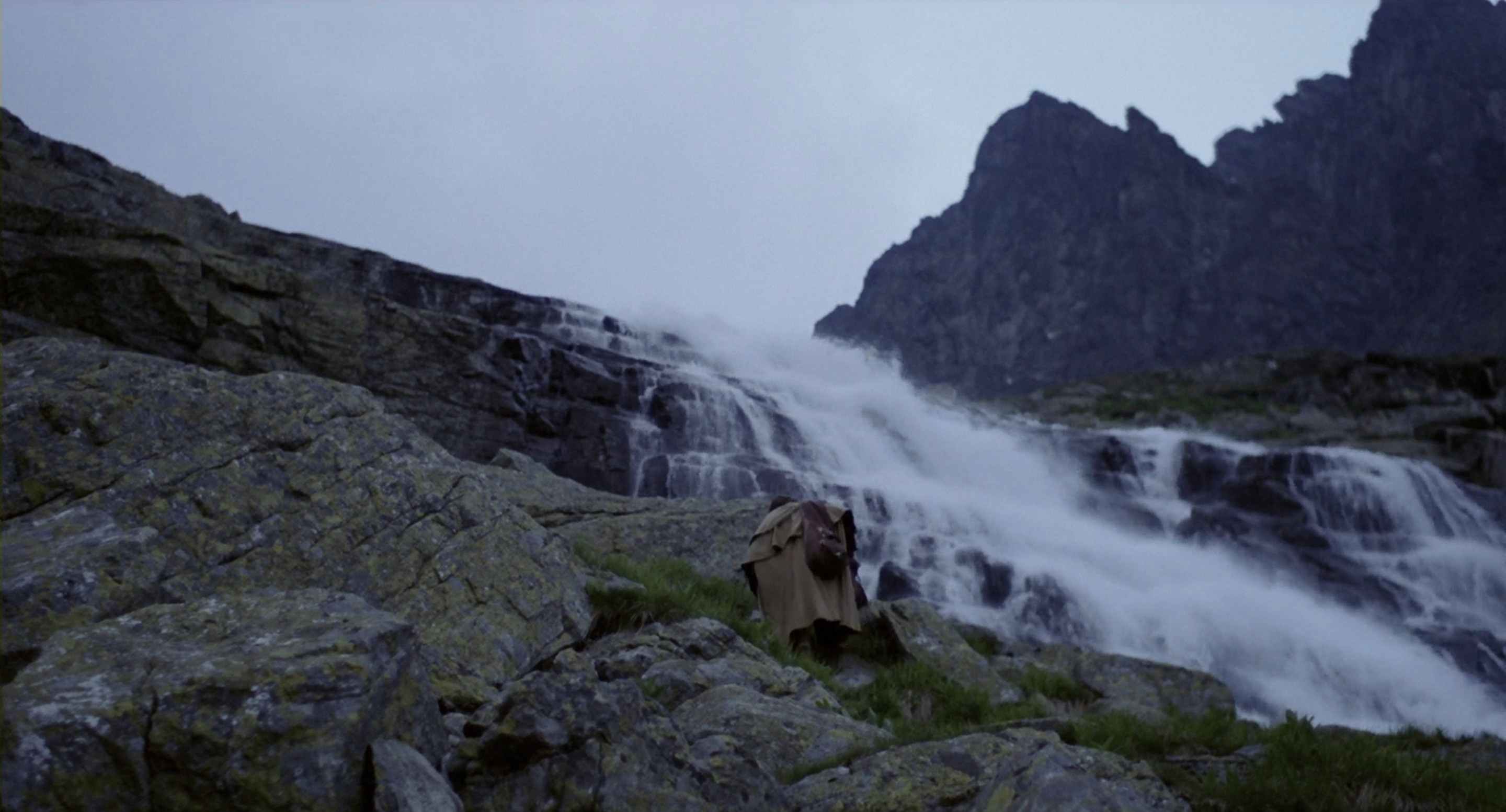
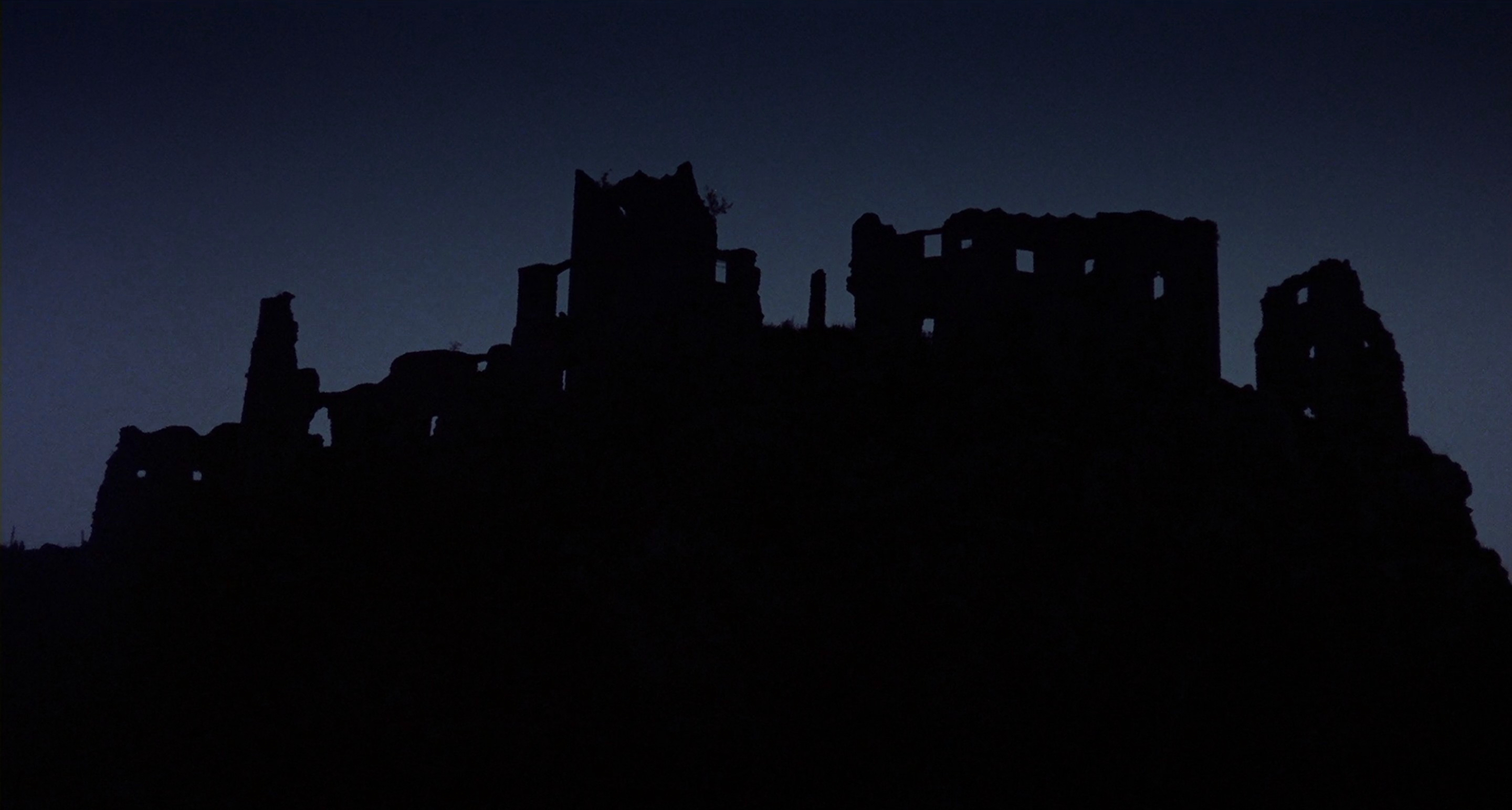
And within its nightmarish halls lurks Klaus Kinski’s bald, black-robed creature, blending perfectly into Herzog’s pools of shadows. He pierces the defences of his visitor with eyes that rarely break contact, and grasps at his open wound with long, sharp claws. Around the creature, Herzog constructs an impressive feat of Gothic production design, lighting rooms with elaborate candelabras which themselves are cast onto walls as shadows. Giant archways, ornately carved furniture, and grotesque statues populate these medieval interiors, and as Count Dracula loads up his carriage with dark wooden coffins, Herzog skews his overhead shot at an off-kilter angle in true expressionistic fashion. Jonathan’s hometown of Wismar in Germany is his destination, where he will prey on new victims and spread a deathly plague.

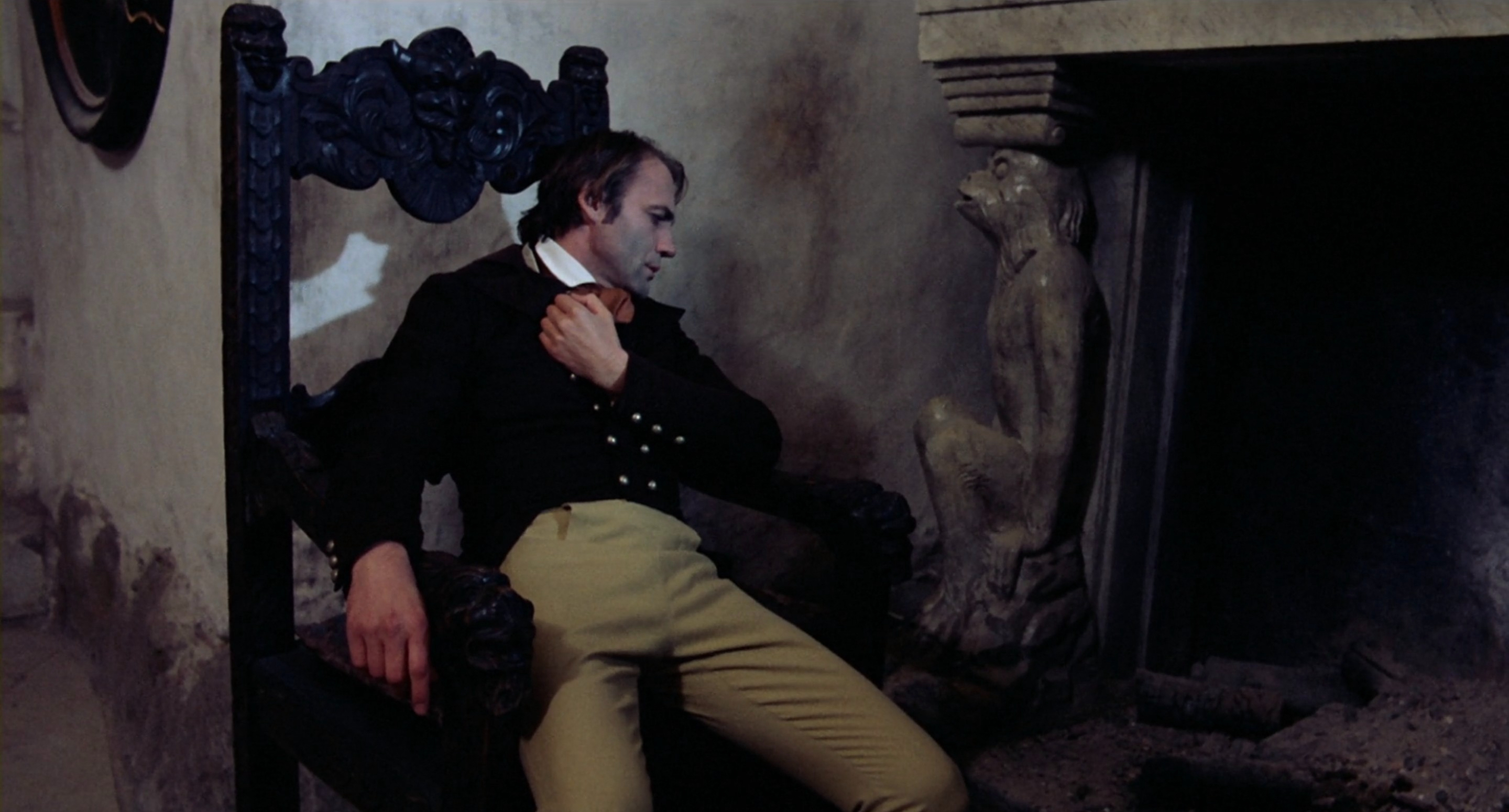
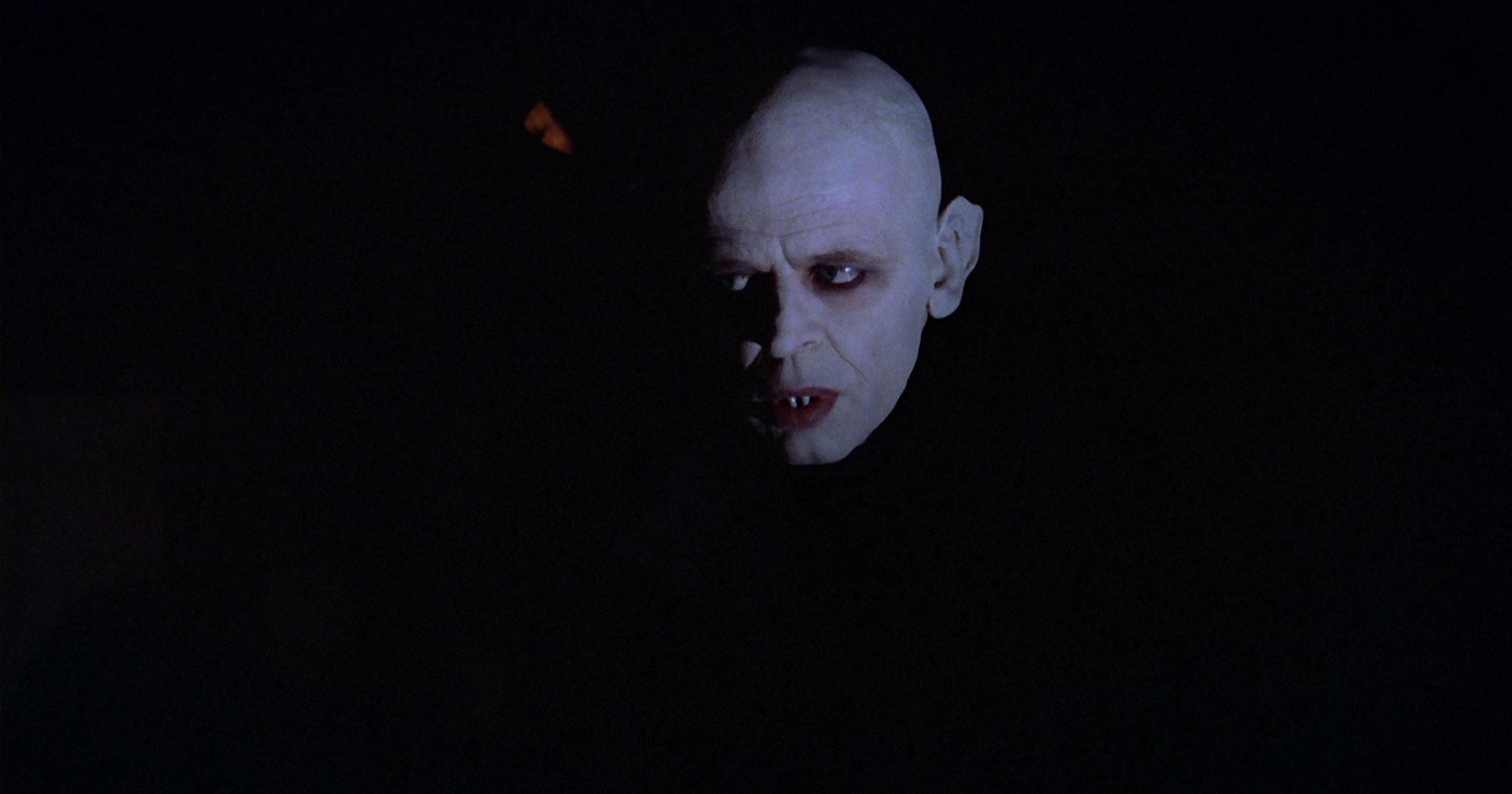
Perhaps it shouldn’t be terribly surprising that this adaptation of a silent film possesses such minimal dialogue, and yet the self-assurance with which Herzog teases out his slow-burn narrative is hypnotic. His pacing never wavers as mortal dread takes apocalyptic form, approaching the docks of Wismar at the same steady speed as the ship which carries Dracula and all his diseased rats. The sound design here consists merely of droning male vocals alternating between a pair of eerie notes, though elsewhere the ambient, eclectic score composed by electronic band Popol Vuh sounds naively light-hearted in its gentle guitars and piano.
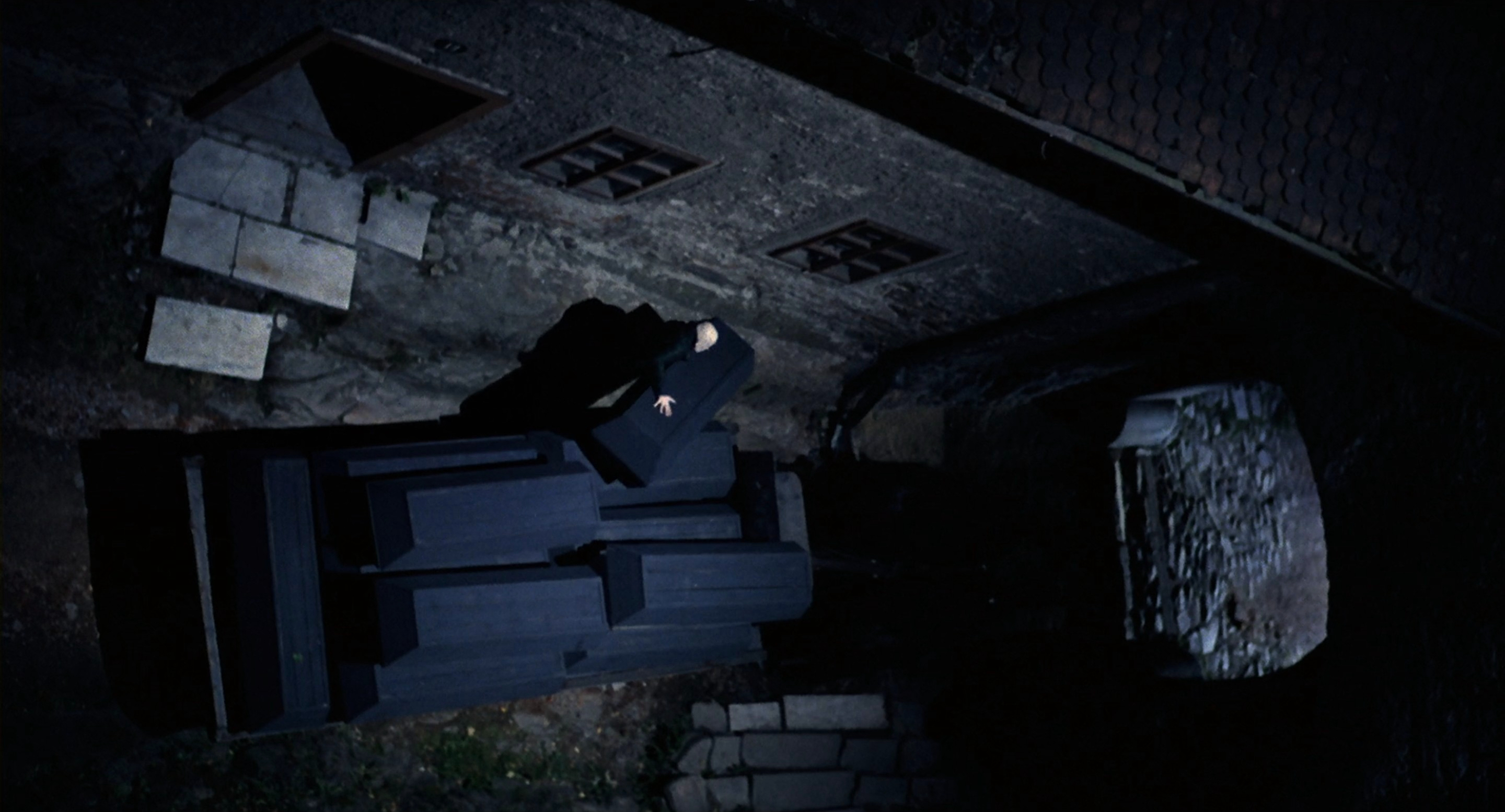
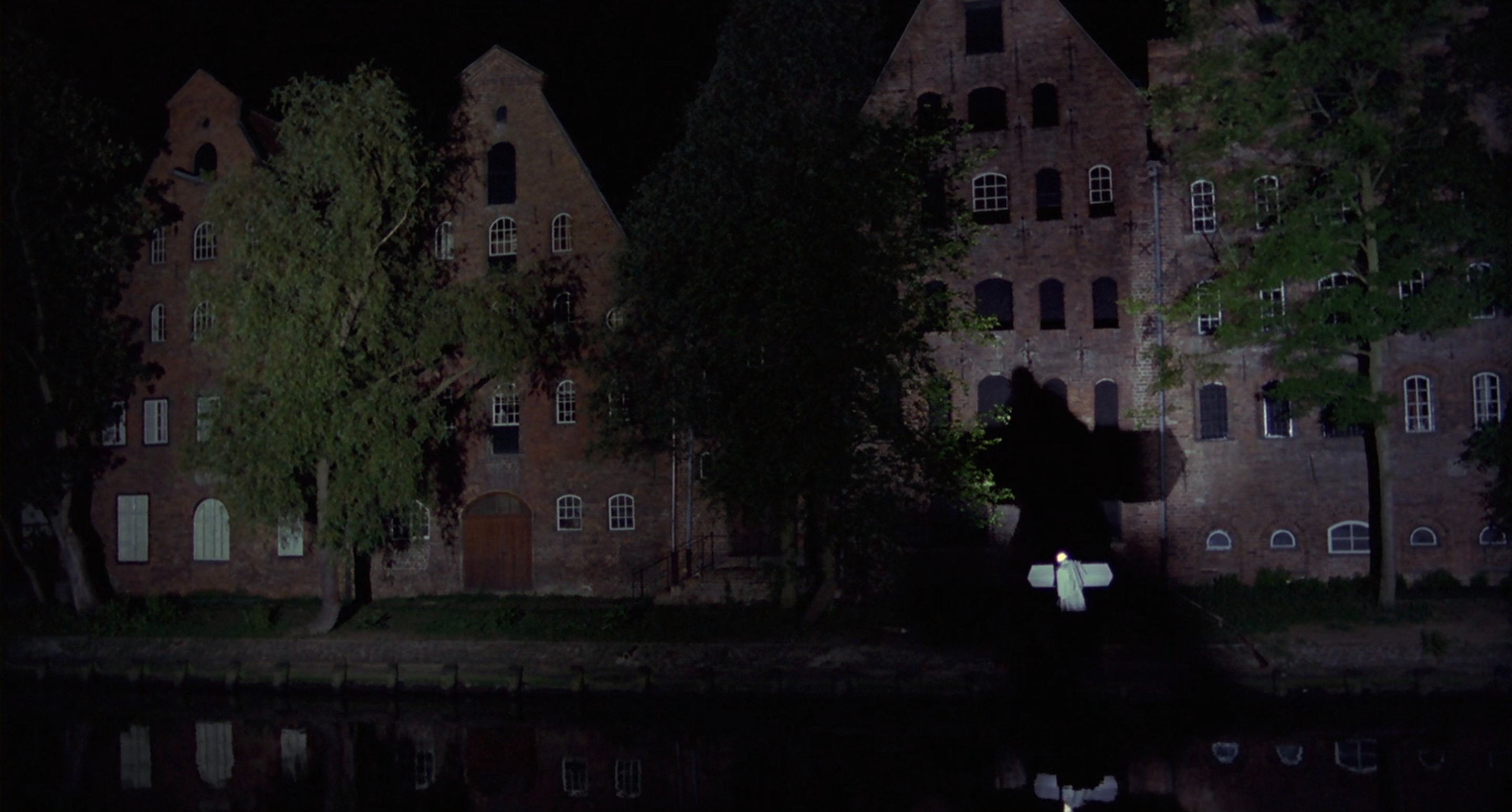
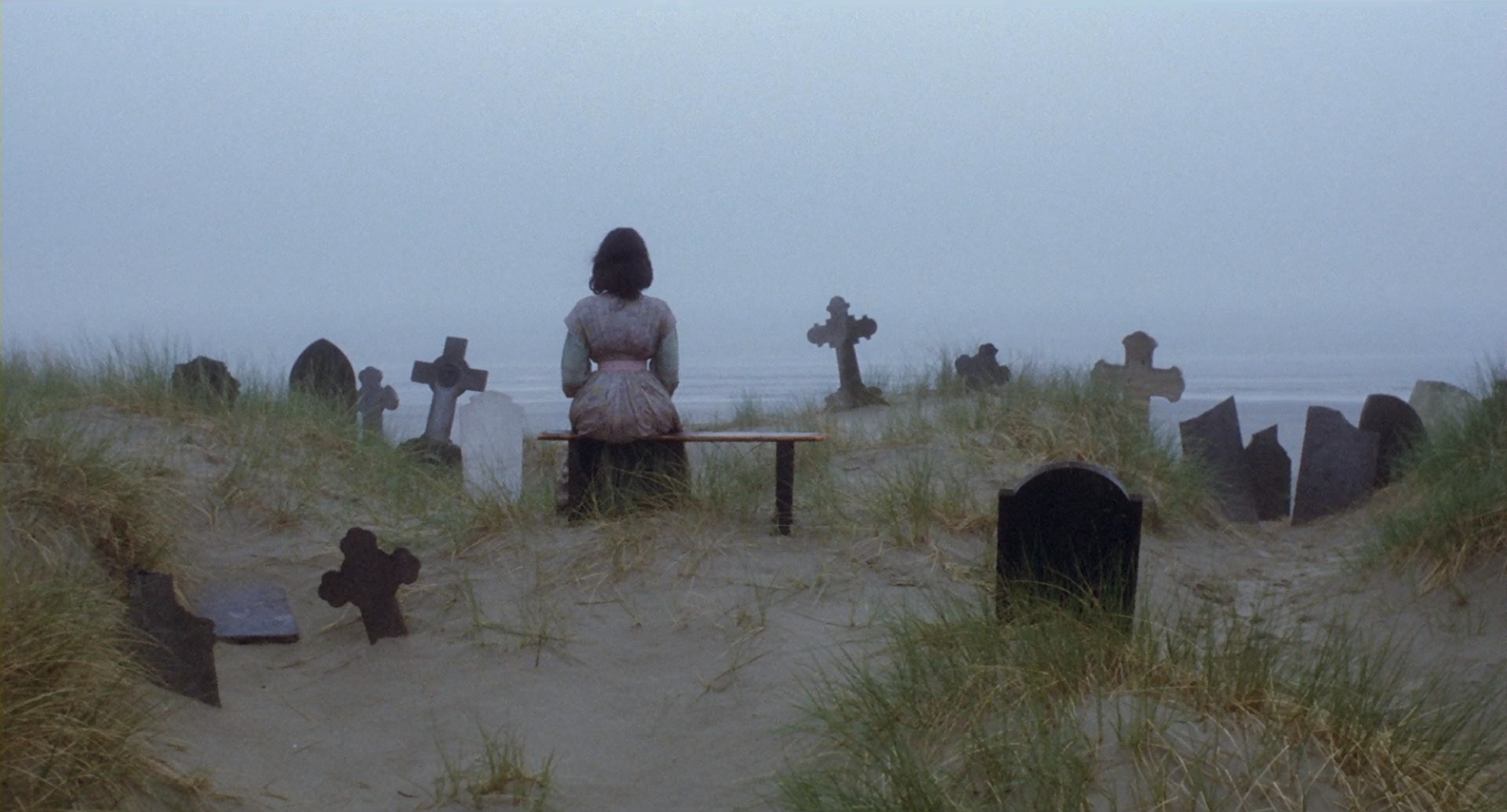
These are the uneasy rhythms that Nosferatu the Vampyre drifts by on with trepidation, building tension in Herzog’s careful parallel editing. As Dracula slowly approaches the town, we also observe the increasing insanity of his servant Renfield, Jonathan’s race back home, and Lucy’s growing apprehension, thoroughly drawing each character closer together. Finally, as Dracula disembarks the ship and his pale rats begin swarming the city, Popol Vuh’s strings and horns take over with a restless, unsettling joy. It isn’t hard to see the inspiration that Bobby Krlic drew from this eerie musical exultation in composing his own dazzling score for Midsommar.
Rats frequently dominate Herzog’s imagery here, but with ordinary lives thrown into disarray by the Black Death, so too do the streets begin to fill with small fires, furniture, pigs, and crosses – remnants of the old bourgeoisie social order that has been properly undermined. Now, the townsfolk blithely dance in the streets, embracing the chaotic liberation of nature’s pestilent destruction.
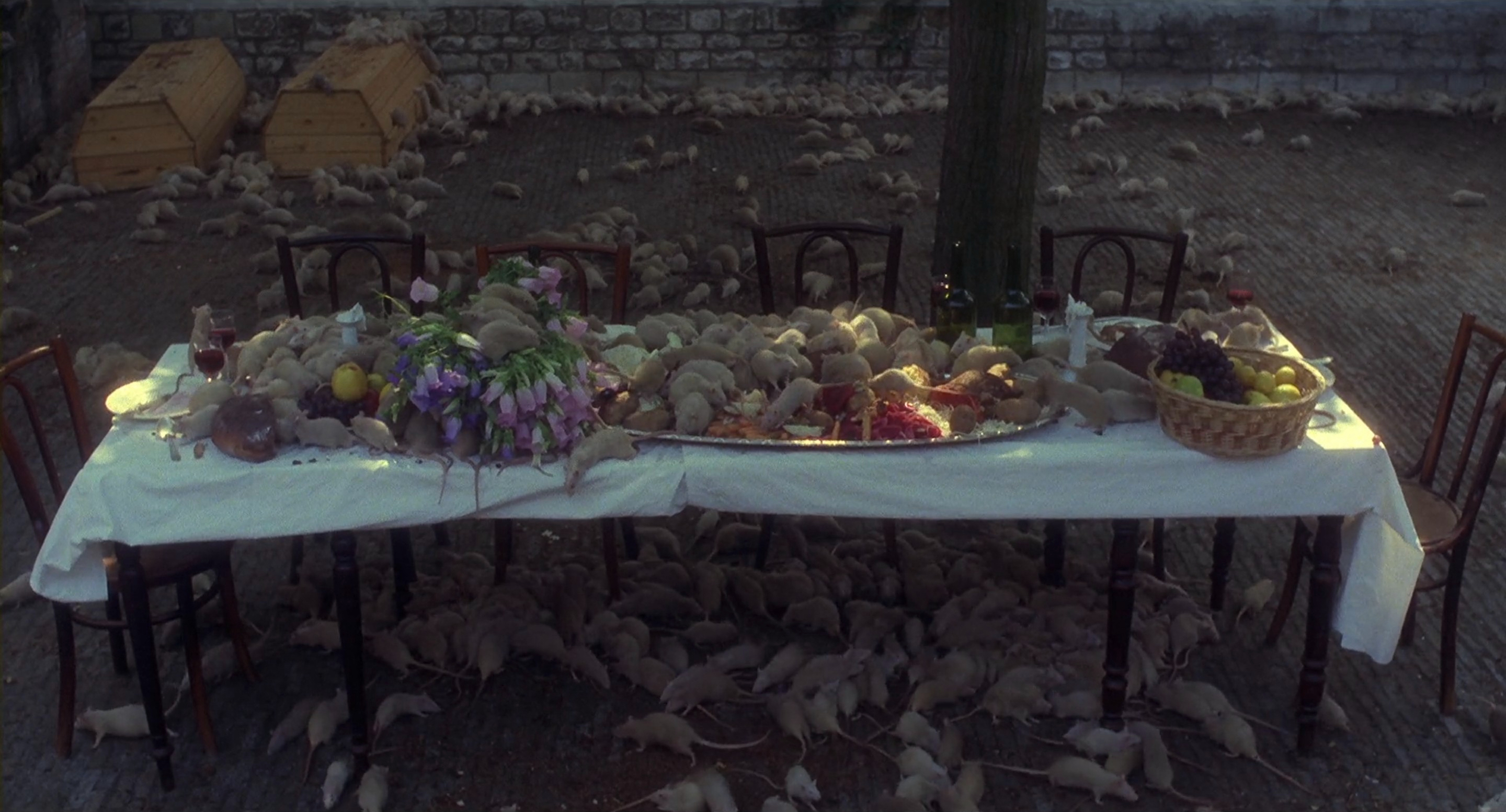
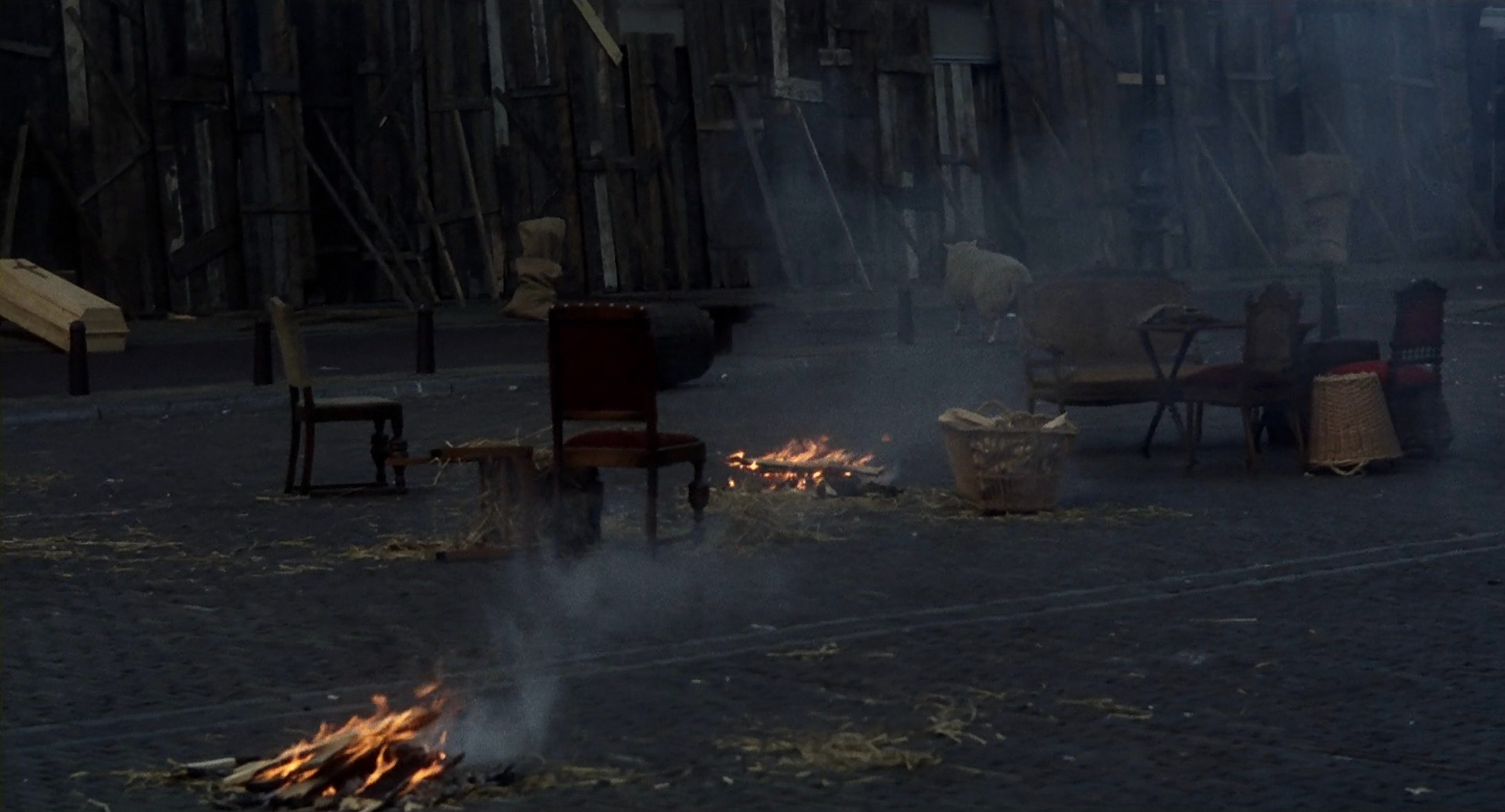
Parallel to this reappreciation of life is Lucy’s own strange compulsion towards Dracula, who is equally drawn to her. Unlike so many other interpretations of vampires, Kinski’s animalistic depiction is not one which exudes sexuality, and yet as she lures him to her bedroom to kill him, a tragic passion emerges from their deathly embrace. He kneels beside her, a sorrowful look on his face, and laying her hands on him she guides him towards her neck. The tender love she has to offer comes with the intent of murder, and yet even that is wrapped up in selfless affection given his wish to die. Upon finding the release of love and death he has been pining after, the cock crows and the sun rises, ending his reign of terror at the cost of Lucy’s life.


And yet nature cannot die forever. It keeps on regenerating until all other earthly organisms extinguished, and therein lies Herzog’s curious twist on the previous versions of this tale. Weakened by Dracula’s attack early in the film, Jonathan is pushed to the sidelines, leaving Lucy to take over as our protagonist. Upon Dracula’s death, his transformation into a vampire is complete, beginning a whole new cycle of evil. He is infected with his assailant’s misery, and now he too is tasked with spreading that throughout human society, like a fruit bearing seeds of suffering. Nosferatu the Vampyre may emerge within a long lineage of Dracula adaptations, and yet is infused on every cinematic level with Herzog’s fear and awe at a godless world, pulling us into a tragic, mesmeric dread which simply longs for our love.
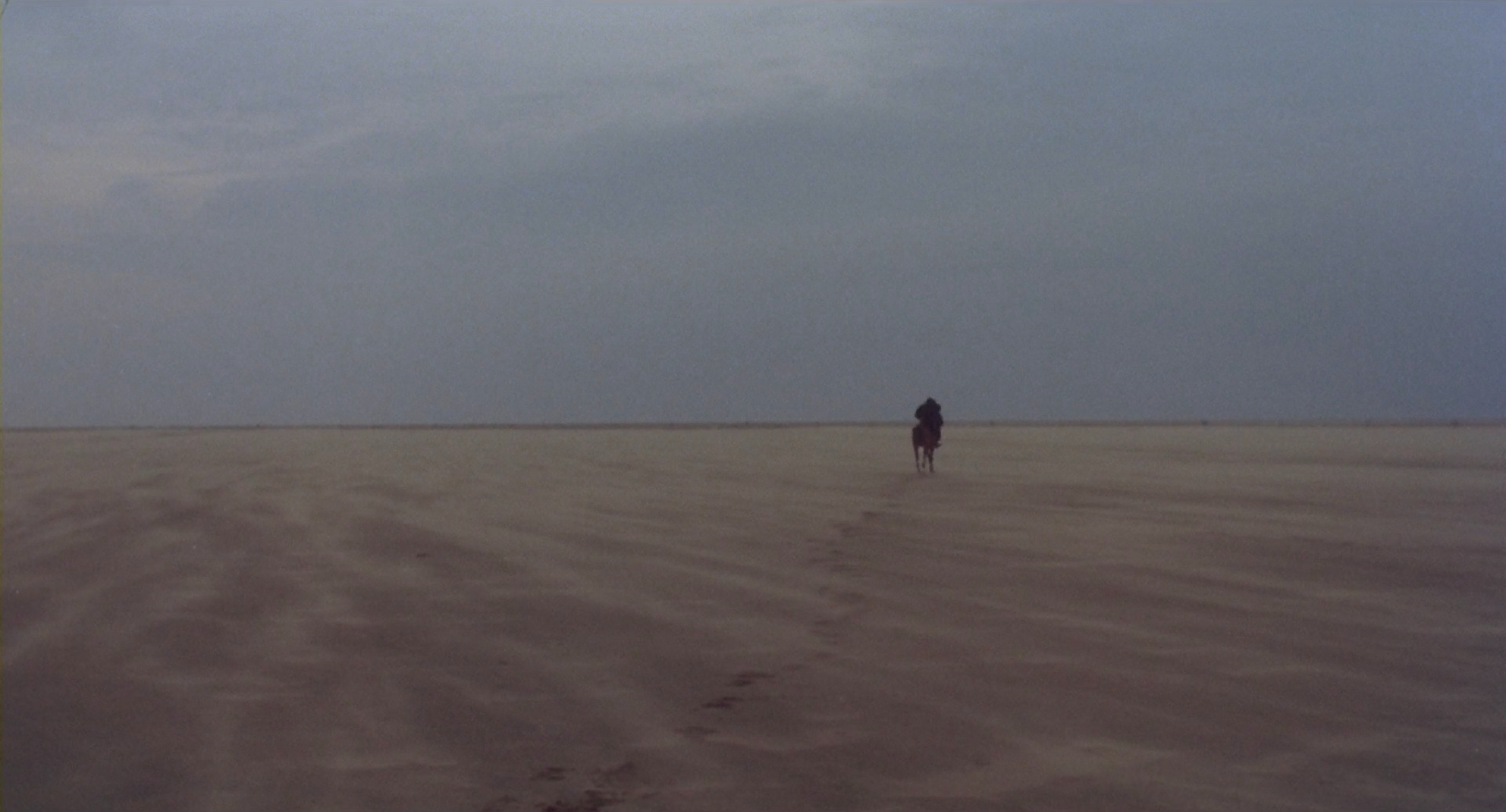
Nosferatu the Vampyre is currently streaming on The Criterion Channel.

